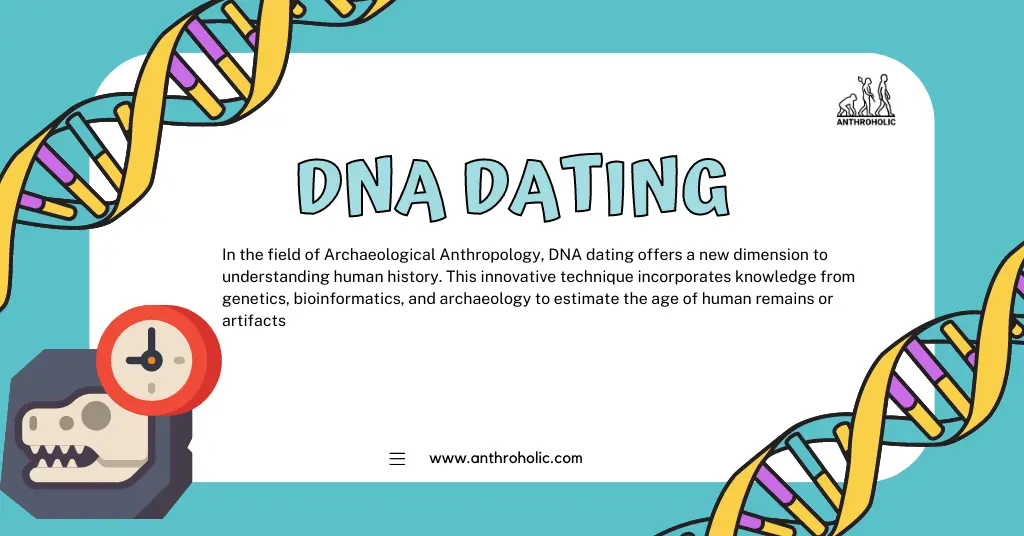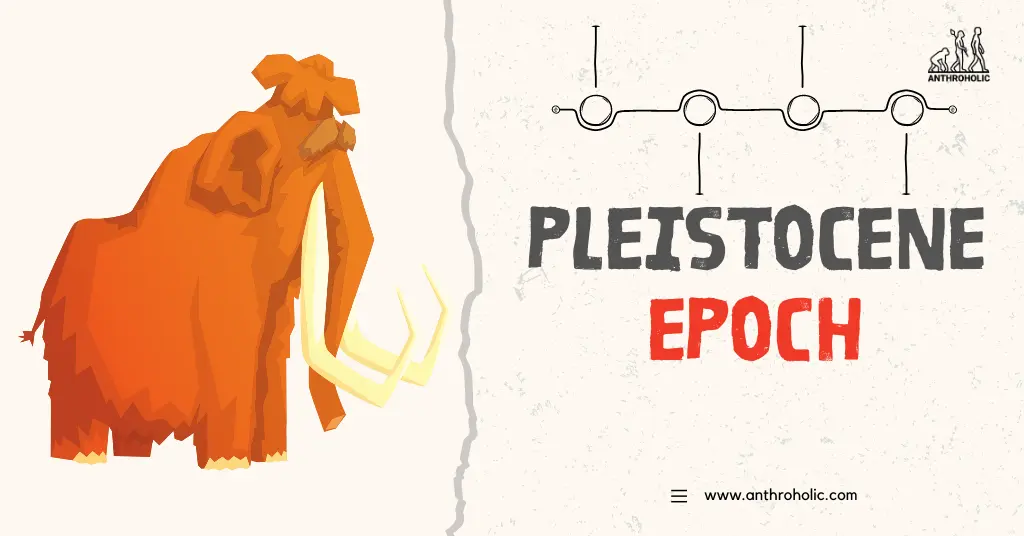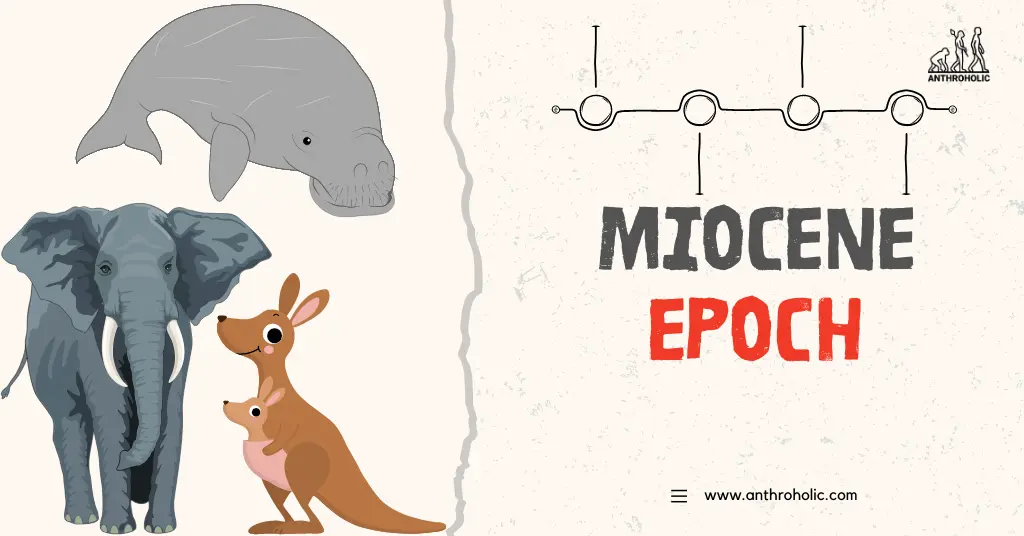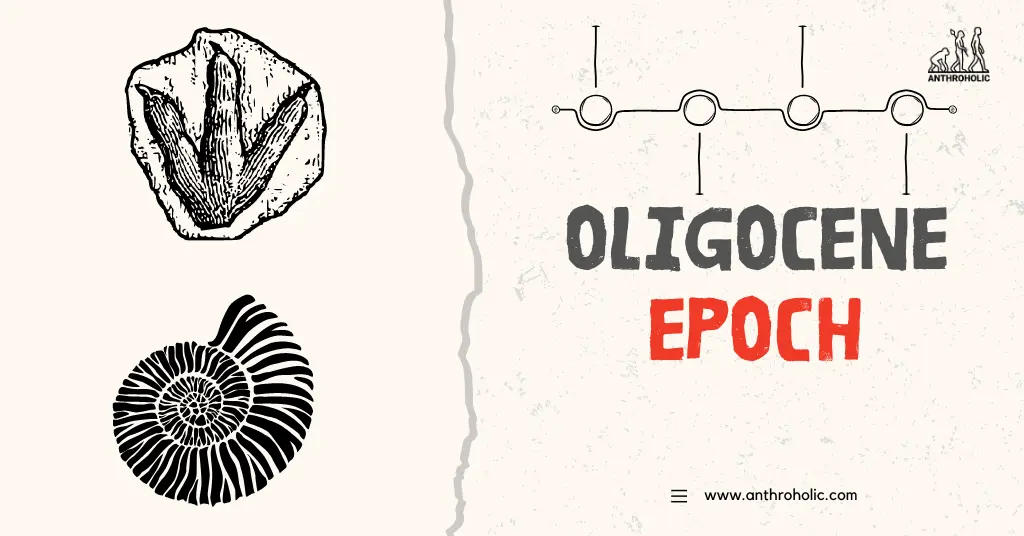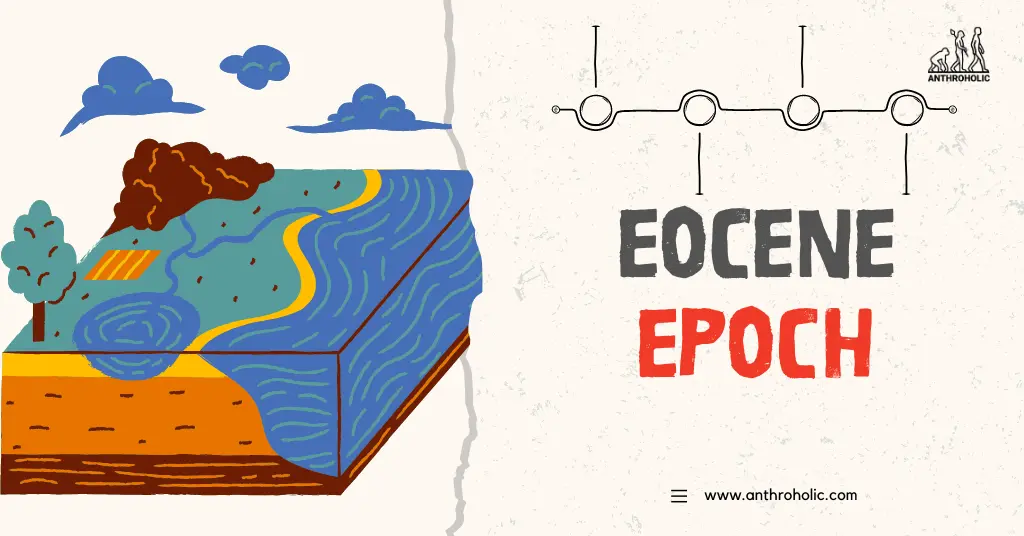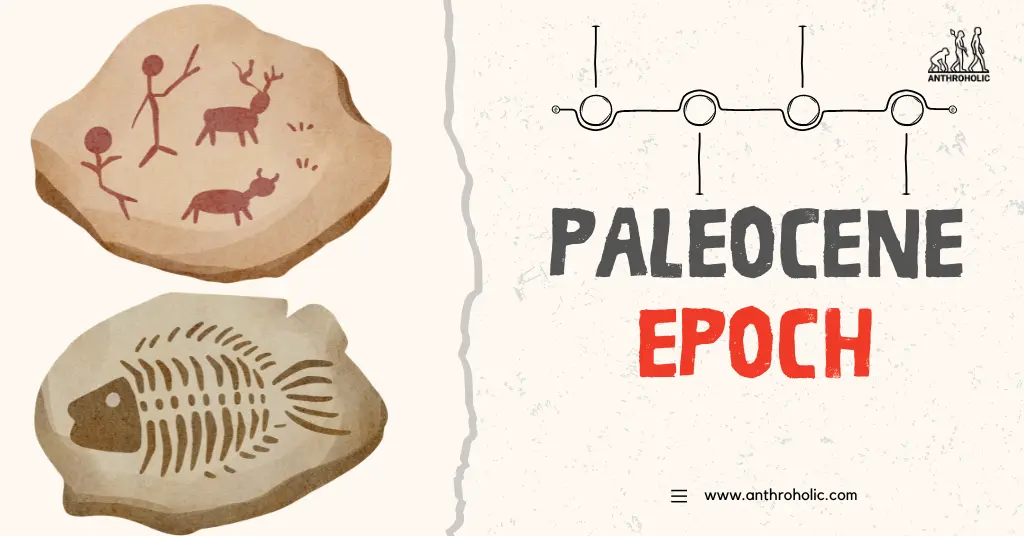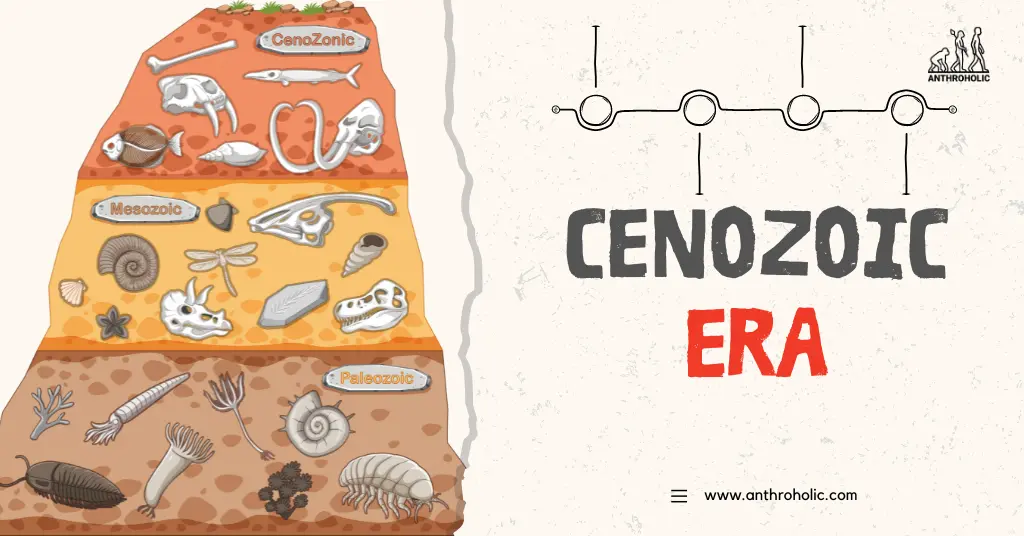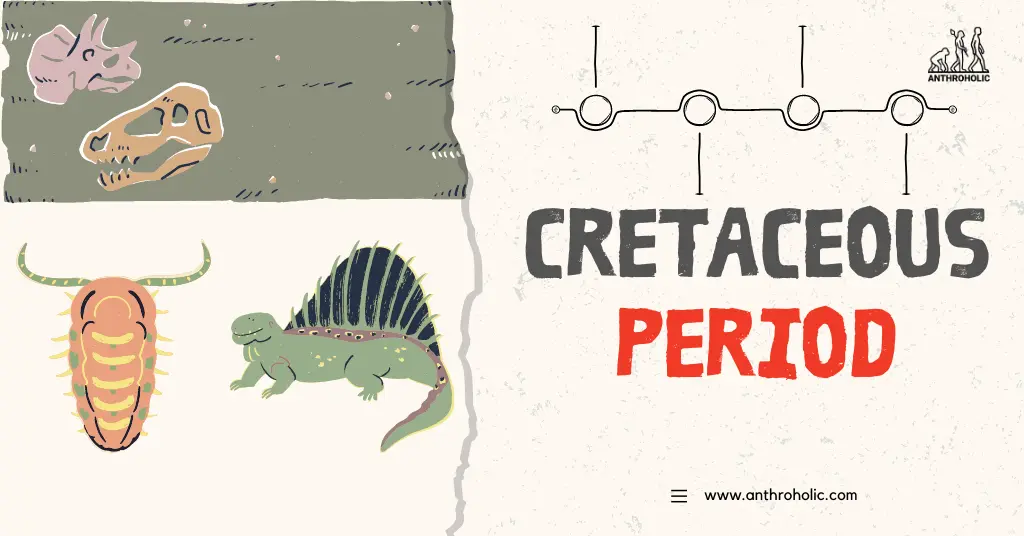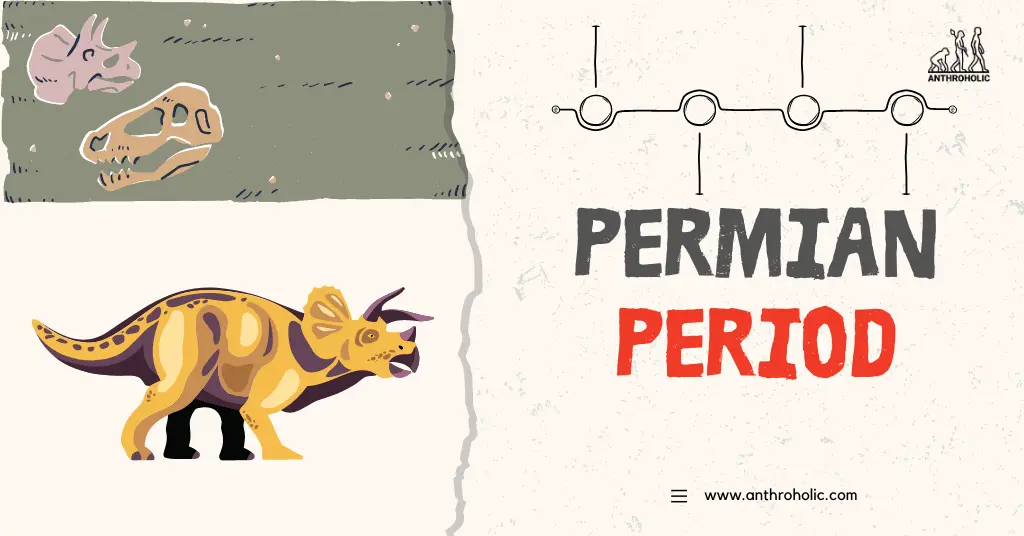AI Answer Evaluation Platform Live Now. Try Free Answer Evaluation Now
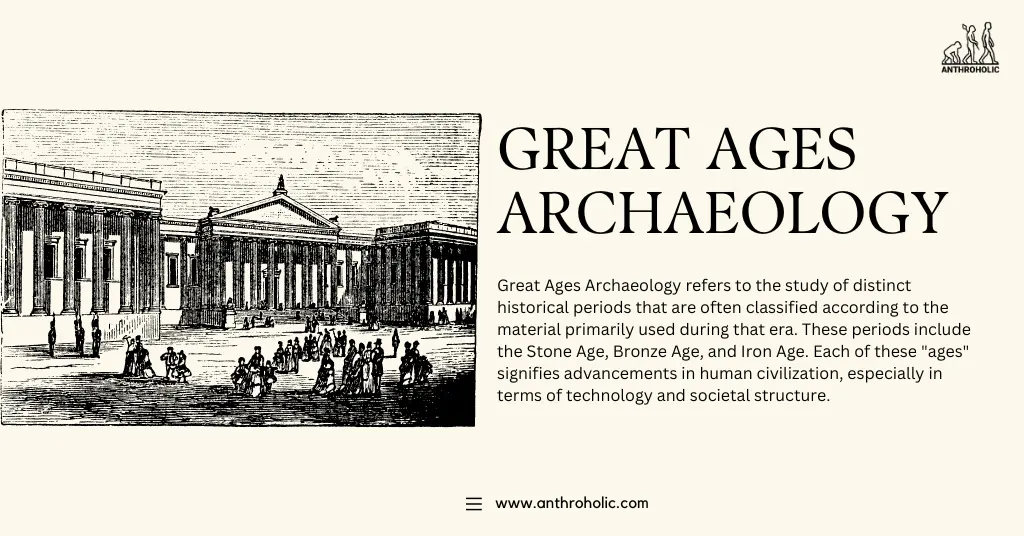
Great Ages Archaeology
Great Ages Archaeology refers to the study of distinct historical periods that are often classified according to the material primarily used during that era. These periods include the Stone Age, Bronze Age, and Iron Age.
